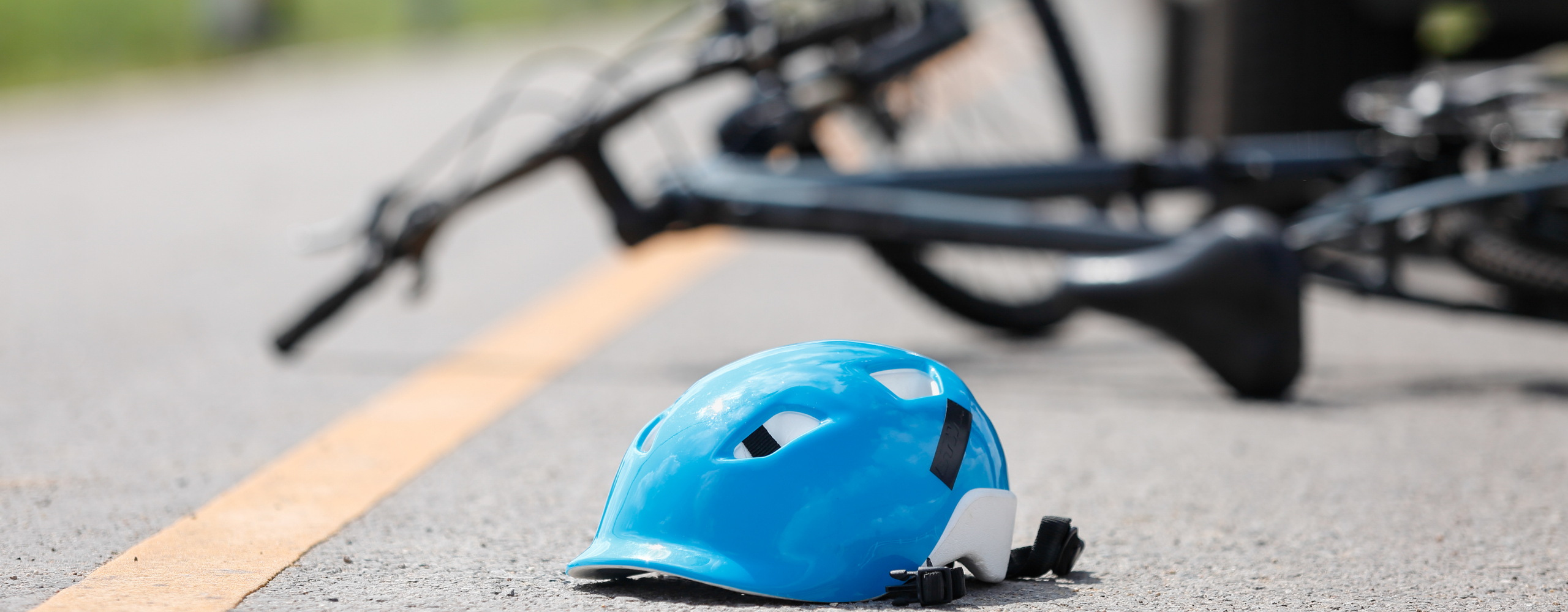
A friend texted this morning, just after I dropped my child to crèche. Do you have a normal bike or an electric bike? I resisted sending him a selfie of me with my old-fashioned battery-less steed because another parent was walking by and it would feed too many stereotypes about middle-aged men who are in love with their bicycles. But the conversation developed – he had gotten a new job just under 10km from his home and was wondering if he could reasonably cycle. I’m getting a little used to city cycling, he explained, but cars are still aggressive, even with my son in the child-seat on the back.
My life has been so enriched by cycling as a way of getting things done that I cannot help but encourage others to try it for themselves. But while I was excited to hear that my friend had a new job and also to hear he might join the thousands of people who have discovered the joy of getting to work on a bike, I was also worried. What if he and his little boy were in an accident one day? The reality is that commuting by bike – in Ireland – is taking a risk.
Motor vehicles – mainly cars – cause the vast majority of accidents and serious injuries on our roads, but more than half of people injured are either cyclists, pedestrians or motorcyclists. Research conducted by the Road Safety Authority indicates in addition to the regularity of cyclists being killed on Irish roads that “For every cyclist fatality, 25 cyclists were seriously injured”.
Eamon Ryan’s commitment to spend a million euro a day on active mobility is impressive, but the fact remains that, because of poor infrastructure, cyclists are still “risking their lives” in Dublin.
Some of our media coverage makes me wonder if Irish journalists exist in a parallel universe. On January 30th, a plan to install an experimental temporary protected cycleway in Salthill was covered by RTÉ in a piece riddled with factually inaccurate statements that were presented without qualification. On February 3rd the Irish Independent published a sneering and unintentionally intimidating column that stated that cyclists “need to realise just what a dangerous world it is out there”. Earlier this week, the Irish Times reviewed an absurd supermini car styled as a sort of micro-jeep with the following introduction: “cities are no longer that welcoming to the motor car, perhaps you need to be driving something styled in the manner of a rough and tumble off-roader to survive the cyclists’ scorn and snide remarks”.
We are in the midst of a climate emergency and every driver who chooses to take the bike or walk is contributing to the collective good. The situation facing new cyclists is not yet adequate, but it is improving. That’s not because the wind changed. It is a direct consequence of the patient and diligent activism of cyclists and pedestrians over the years.
No driver can be killed by impact with a bicycle, but each year more than ten cyclists die when motor vehicles crush their bodies. Articles full of misinformation and anti-cycling propaganda, designed to incite rage-clicks, are not harmless. They contribute to a culture where a lack of respect for ‘cyclists’ (as if we are a discrete and homogenous group) ultimately costs lives. Cycling is still not safe. When it finally is made safe, those cycling won’t be easily caricatured as middle-aged men in ill-fitting lycra. And those who don’t or won’t or can’t ever cycle will be better off too – with reduced traffic, reduced air pollution, reduced societal health problems, and, perhaps most importantly, massively reduced numbers of times they have to survive the scorn and sneers of those on bikes!

